Canon EF 35 mm f/1.4L II USM
5. Chromatic and spherical aberration
Chromatic aberration
The Canon EF 35 mm f/1.4L II USM practically doesn’t have any problems with the longitudinal chromatic aberration and photos shown below are the proof of that. The Sigma A 35 mm f/1.4 DG HSM had a similarly good result in this category but it must be noticed that those two lenses are rather an exception to the rule. Fast fixed focal length lenses more often than not fare much weaker in this category – our test of the Nikkor AF-S 35 mm f/1.4G shows how weak exactly.
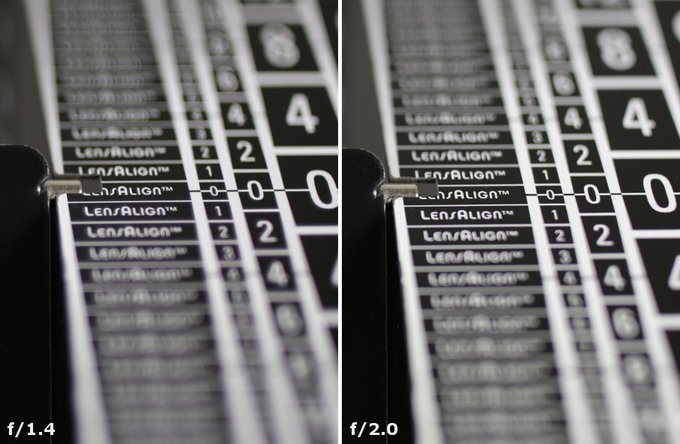 |
Please Support UsIf you enjoy our reviews and articles, and you want us to continue our work please, support our website by donating through PayPal. The funds are going to be used for paying our editorial team, renting servers, and equipping our testing studio; only that way we will be able to continue providing you interesting content for free. |
- - - - - - - - - - - - - - - - - - - - - - - - - - - - - - - - - - - - - - - - - - - - - - - -
The lateral chromatic aberration correction also deserves to be praised – a graph shown below is the proof.
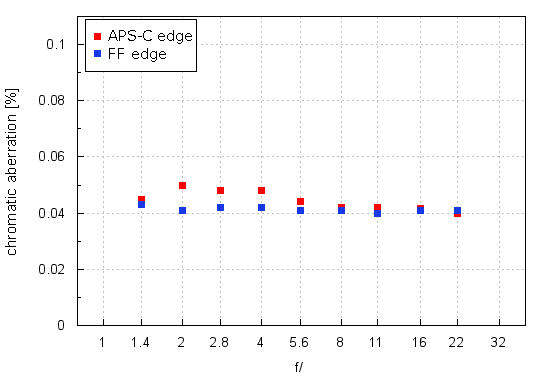
No matter what detector or aperture you use the aberration keeps near a quite imperceptible level of 0.04%. Such results are, in fact, identical to those of the Sigma 1.4/35 and once again both these lenses are able to conquer the Nikkor AF-S 35 mm f/1.4G which had the aberration on a very high level of almost 0.2%.
| Canon 5D III, f/1.4 | Canon 5D III, f/5.6 |
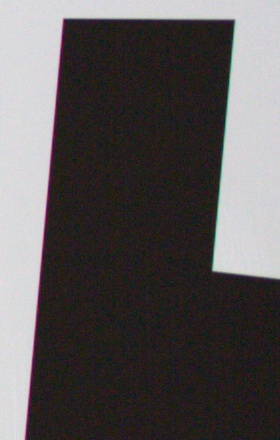
|
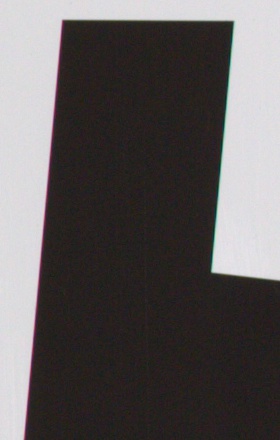
|
Spherical aberration
First photos of this chapter don’t feature any ‘focus shift’ effect so the spherical aberration level cannot be very high. The appearance of defocused light circles seems to confirm that – they don’t differ from each other a lot, the only thing you can notice is a slightly stronger rim for the image we got in front of the focus. If you add to that a very good image quality at the maximum relative aperture, without the characteristic contrast decrease, you can assume the spherical aberration is corrected by the new Canon 1.4/35L in a proper way.
| Canon 5D III, f/1.4, in front of | Canon 5D III, f/1.4, behind |
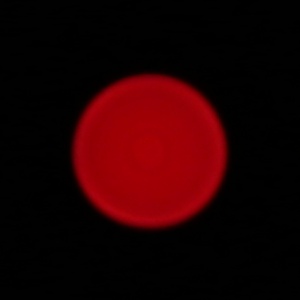
|
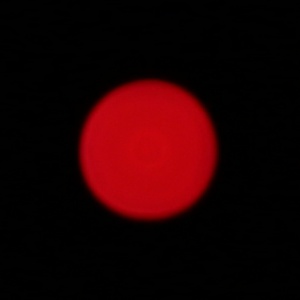
|






